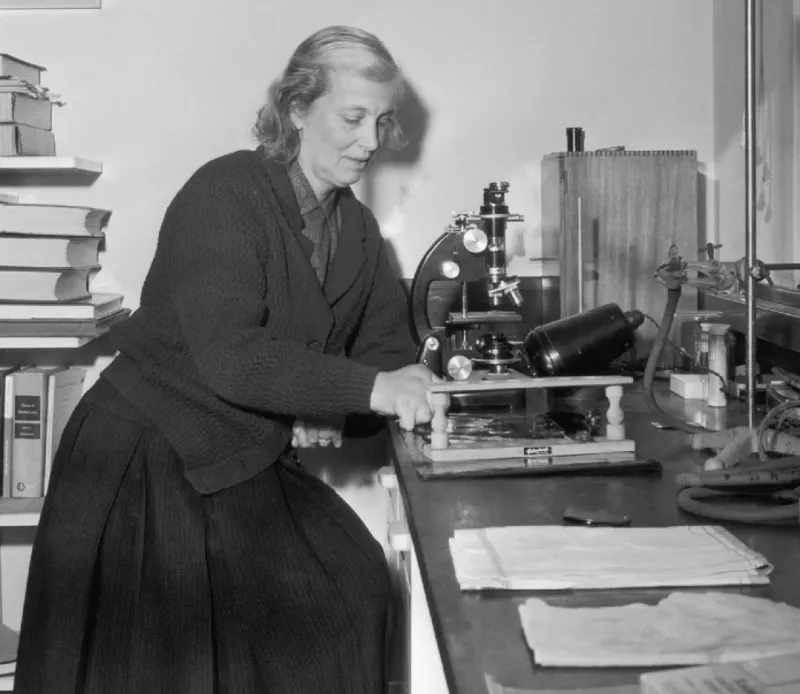
This International Women’s Day, we're taking the time to remember the pioneering Professor Dorothy Hodgkin, whose research on insulin unlocked treatments for people with diabetes and changed the landscape for women in science everywhere.
International Women’s Day takes place each year on 8 March, and we like to celebrate the achievements of women within diabetes research. And few have made an impact quite like Dorothy.
Dorothy remains the only British woman to have won a Nobel Prize in science (which she won in 1964), and her discovery in 1969 about the inner secrets of insulin paved the way for the production of synthetic insulin, which millions of people with diabetes use today.
Dorothy also pushed boundaries for women in science, including fighting the withdrawal of research funding from graduate women who decided to marry.
A true pioneer, Dorothy is someone we’re proud to remember today.
Who was Dorothy Hodgkin?
Born in 1910, Dorothy grew up with a passion for science. She became fascinated with X-ray crystallography, a method of working out what proteins (such as insulin) look like at an atomic level. Knowing what a protein looks like is essential to unlock how it works inside our bodies and to develop new treatments that mimic or target the protein.
She graduated from the University of Oxford and set up a lab in the university’s Museum of Natural History where she studied insulin, a complex molecule, and sought to develop new methods to understand what it looked like.
She had to pause her research during the Second World War and was instead tasked with discovering the shape with penicillin. She achieved this in 1945, helping researchers to understand how penicillin could be used to overcome bacterial infections.
Then, in 1957, she mapped the hugely complex structure of vitamin B12, consisted of 100 atoms, a feat described by her colleagues as an achievement the equivalent of breaking the sound barrier.
A legacy of discovery
When Dorothy won the Nobel Prize for these discoveries, headlines around the world focused on her role as a wife (“Oxford housewife wins Nobel Prize”), rather than her astonishing research.
But her passion for researching insulin never waned. In 1969, 35 years after she began studying insulin, she discovered its 3D shape. This paved the way for scientists to be able to produce manmade insulin in the lab.
Her achievements are even more remarkable given she developed rheumatoid arthritis at the age of 28. Despite swollen and painful hands, she continued to work with the tiny crystals (smaller than a grain of salt) needed for her studies.
Alongside her extraordinary research, Dorothy campaigned tirelessly for peace, nuclear disarmament, and international collaboration in science.
